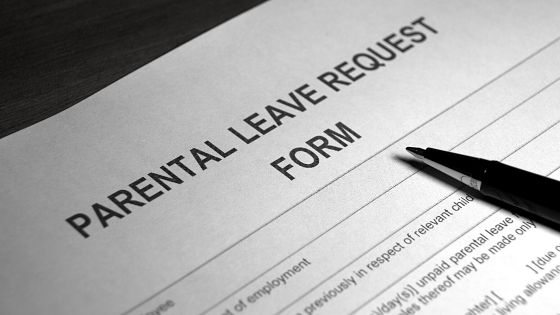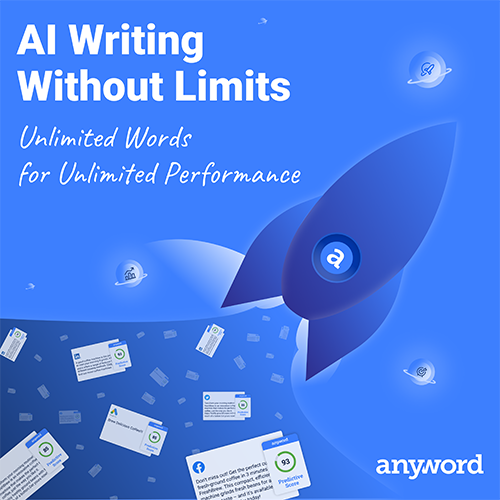The Australian government has announced plans to extend the paid parental leave from 18 weeks to 26 weeks over the next four years. This move is aimed at closing the gender pay gap, increasing women’s participation in the workforce, and providing families with more flexibility during important stages of their children’s development.

The Current Paid Parental Leave Situation in Australia
Currently, eligible employees receive up to 18 weeks’ Paid Parental Leave funded by the Federal Government, which is paid at the National Minimum Wage (currently $812.60 per week, indexed 1st July each year).
An employee is considered to be ‘eligible’ if they meet the following conditions:
- are the birth mother of a newborn child; or
- are the initial primary carer of an adopted child placed in their care by an authorised body for the purpose of adoption; or
- are another person caring for a child under exceptional circumstances such as severe illness or serious accident.
Then, once they have meet that qualifying period they must also meet the following three tests:
- the individual must have an adjusted taxable income of $156,647 or less (for the 2021-22 financial year, again indexed each year);
- the individual must have worked for both 10 of the 13 months before the birth or adoption of their child, and a minimum of 330 hours (around 1 day per week) in that 10 month period; and
- the individual must be an Australian citizen or hold a permanent, special category or certain temporary visa.
If these conditions are meet then an Employee is eligible for payment. Given these circumstances eligible employees can use their Paid Parental Leave in one of two ways.
Either being:
- a set period of 12 weeks, to be used in one continuous period within 12 months of the birth or adoption of a child; and
- a flexible period of up to 30 days, in periods as negotiated by the employee with their employer, to be taken within 24 months of the birth or adoption of a child.
Working fathers and partners can also be considered eligible for 2 weeks of leave paid at the minimum wage.
The New Paid Parental Scheme in Australia
From 1st July 2023 Parental Leave Pay and Dad and Partner Pay are combining into one payment. The payment will increase from the 18 weeks to 20 weeks. Each July this amount of leave will increase by 2 weeks until July 2026 when the payment available to families will be capped at 26 weeks.
This amount will still be paid at minimum wage.
A combined family income limit will also be introduced. To be eligible for the payment a family’s combined adjusted taxable income must be $350,000 or less per financial year. The existing individual income limit of $156,647 will not change.
If a person does meet the individual income limited, then the combined family income limit will be applied instead. This will happen even if you are partnered or a single parent.
Parents will be able to use this Parental Leave Pay until a child turns 2. Parents can share their Parent Leave Pay with each other and they can even take days at the same time. This can be done at the same time as paid leave and between periods of paid work. The aim of this is to provide families with greater flexibility to manage their work and care arrangements.
It is the intention that part of the Parental Leave Pay will be reserved for each parent to use. Any unused potions of Parental Leave Pay days will be lost if not used before the child turns 2, meaning that both parents are encourage to take time out to enjoy this special time. Single parents will however be able to get the full amount of the payment.
There are also new exceptions to the rules when it comes to meeting the work test. If during the qualifying period an individual is subject to family and domestic violence or has a serious medical condition they will now become eligible for the Paid Parental Leave. Likewise if there is a natural disaster or a pandemic declared by the Commonwealth or a state or territory an individual will now become qualified.
The onus of application for Paid Parental Leave is still on the person applying for the leave. This needs to be done prior to the Employer being able to accept the application.




















